
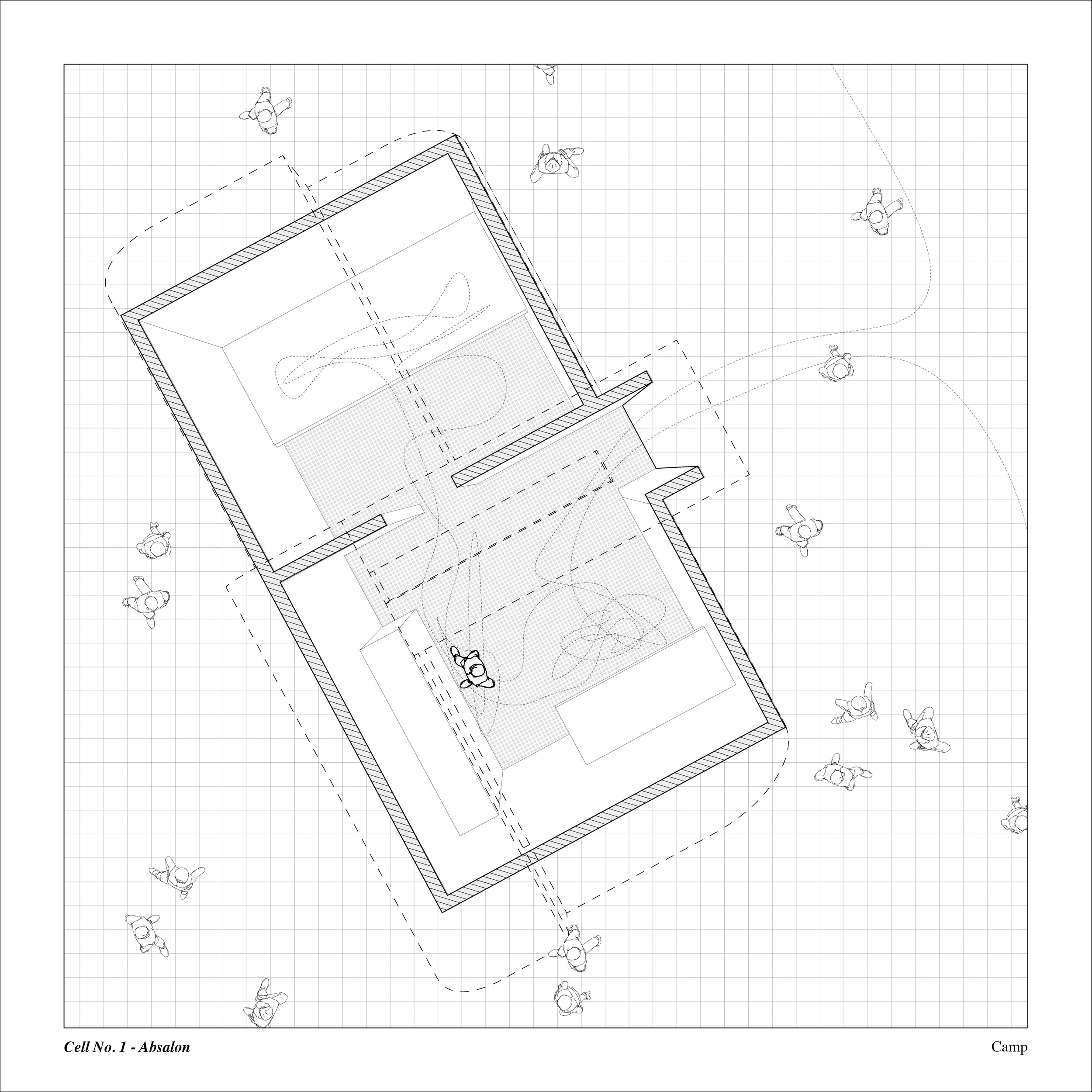
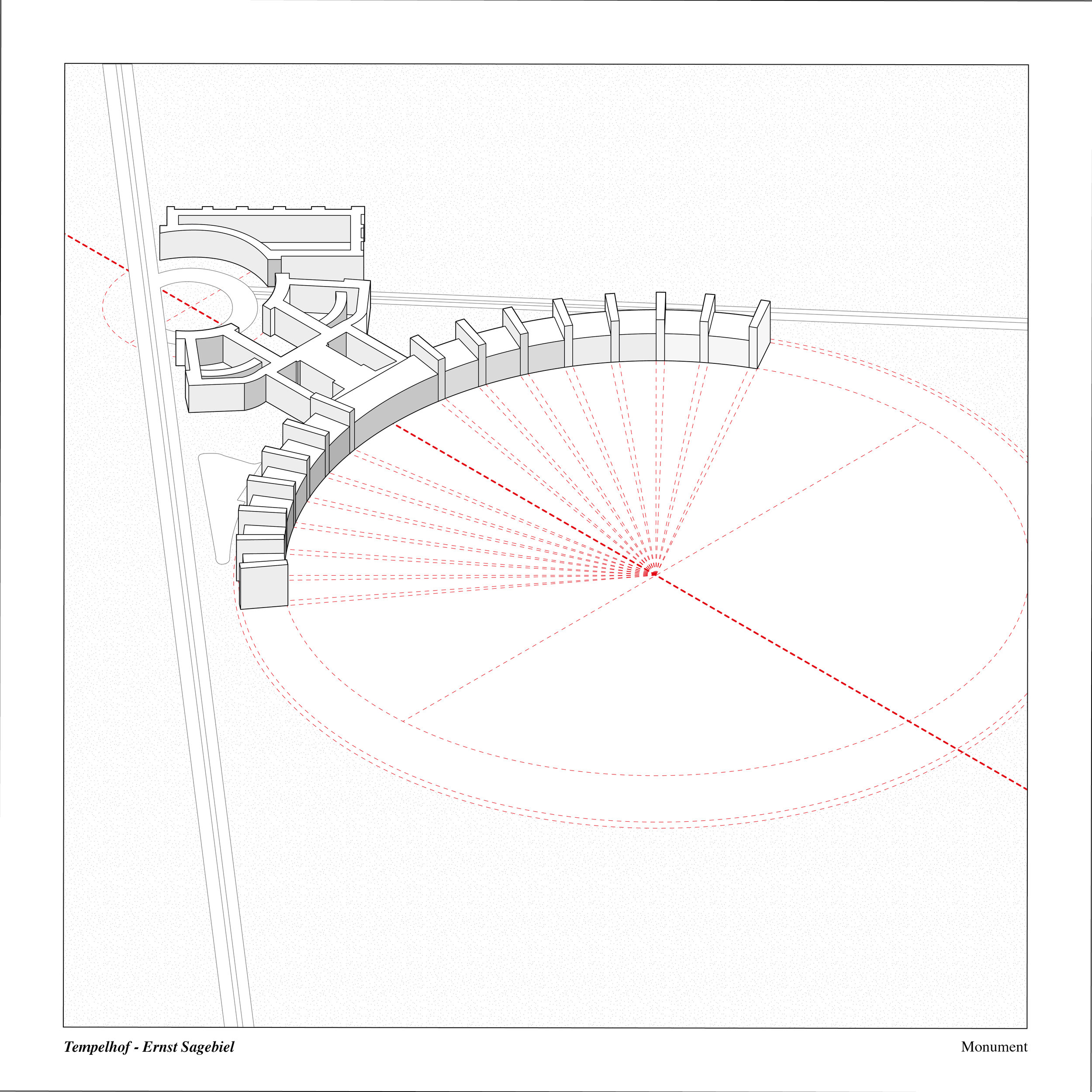
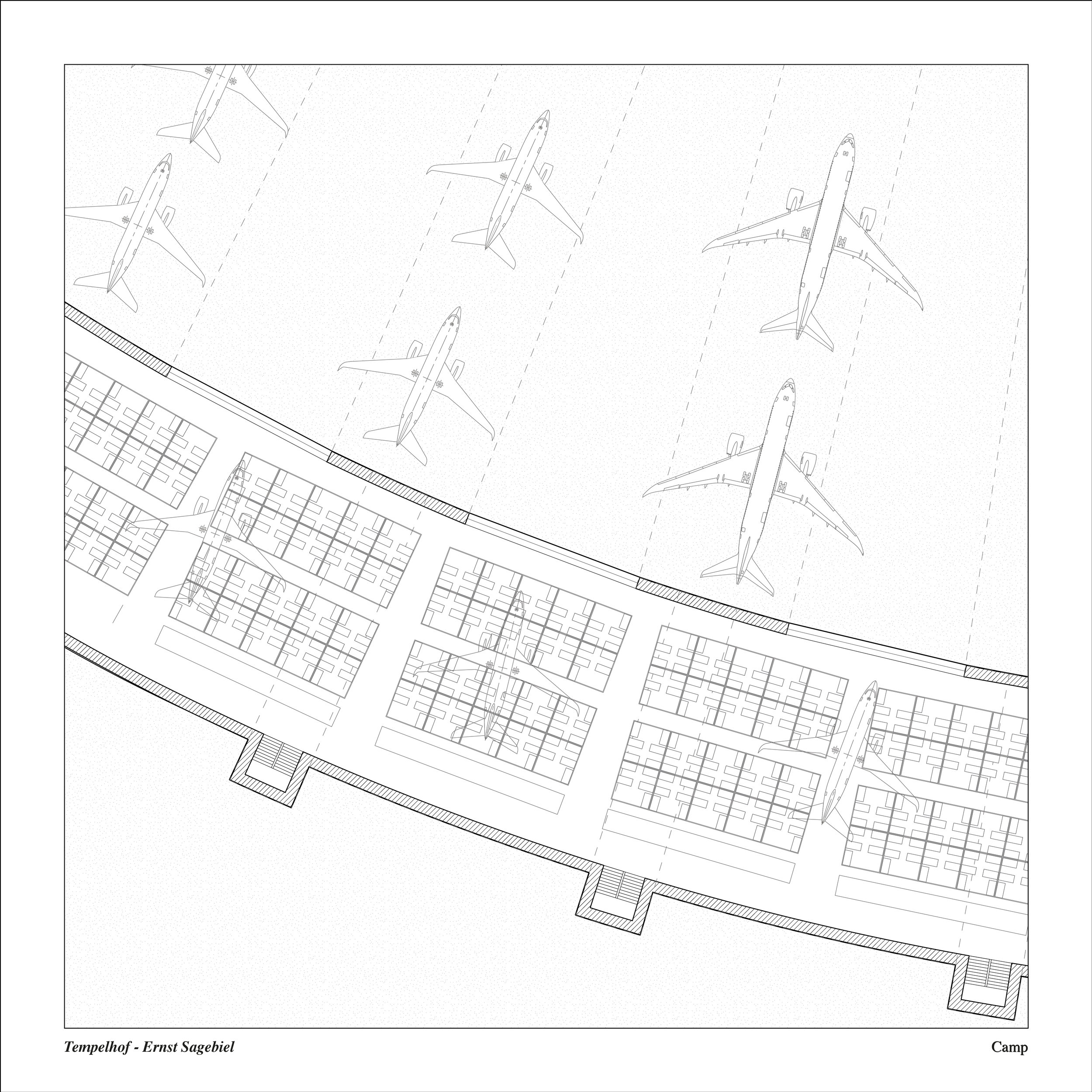
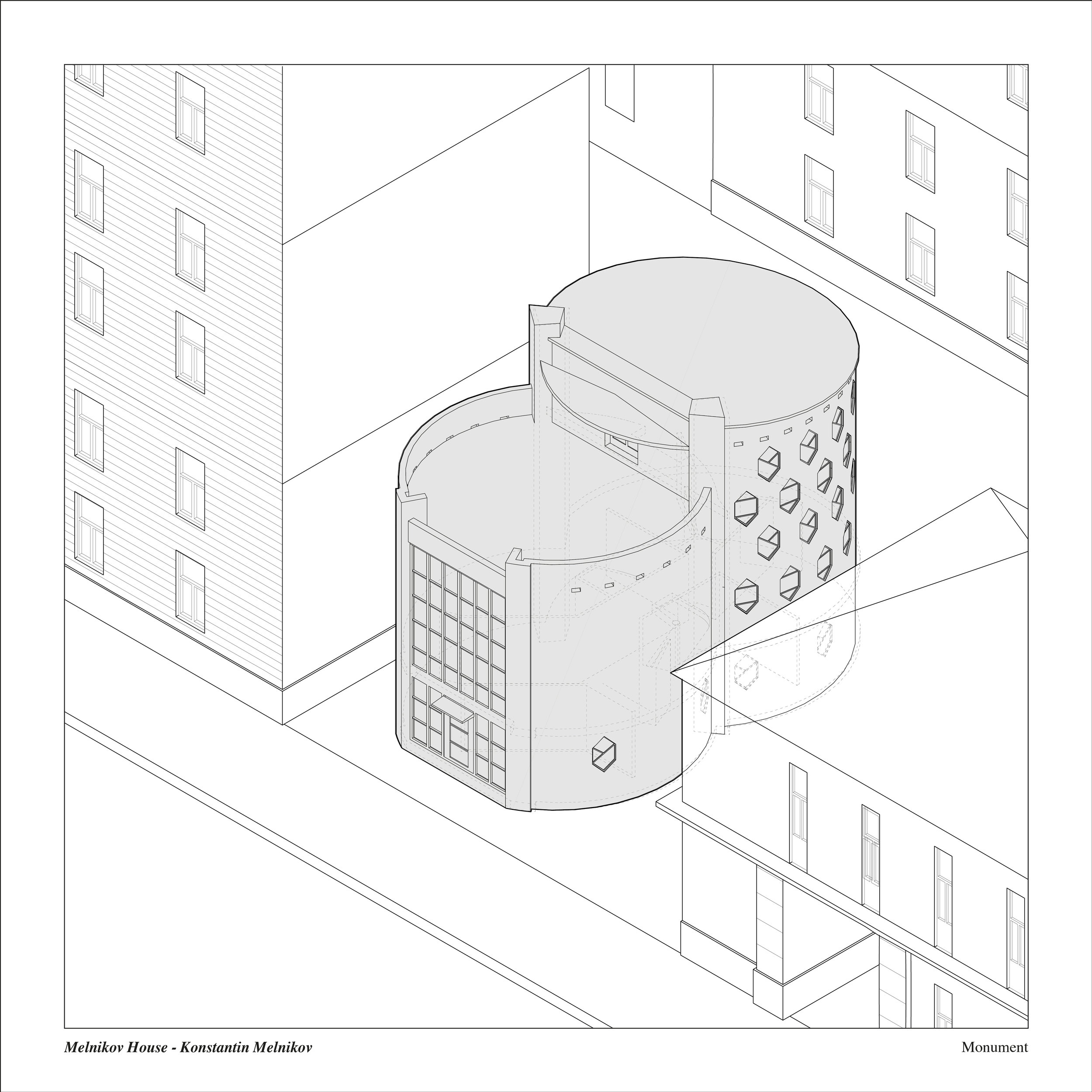
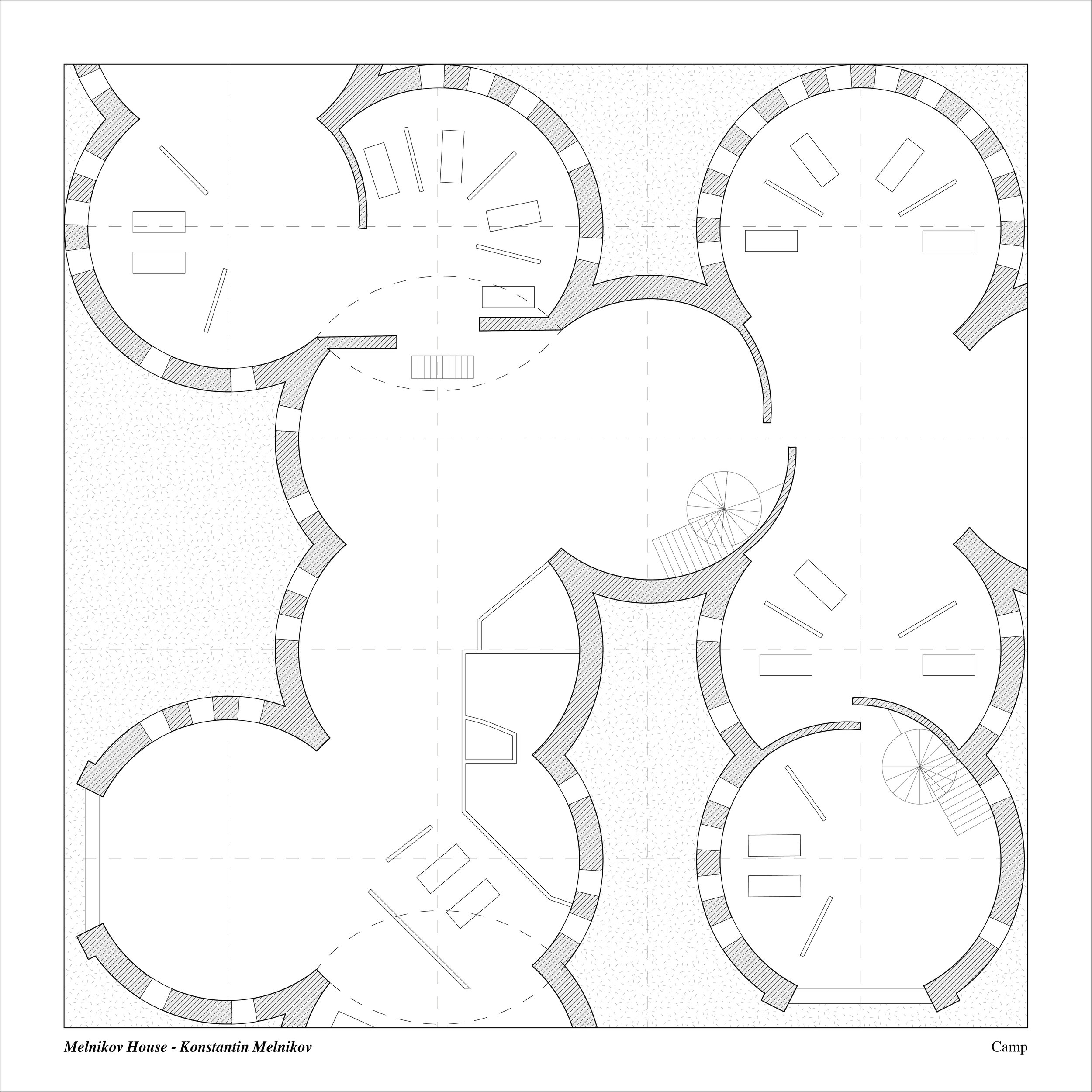
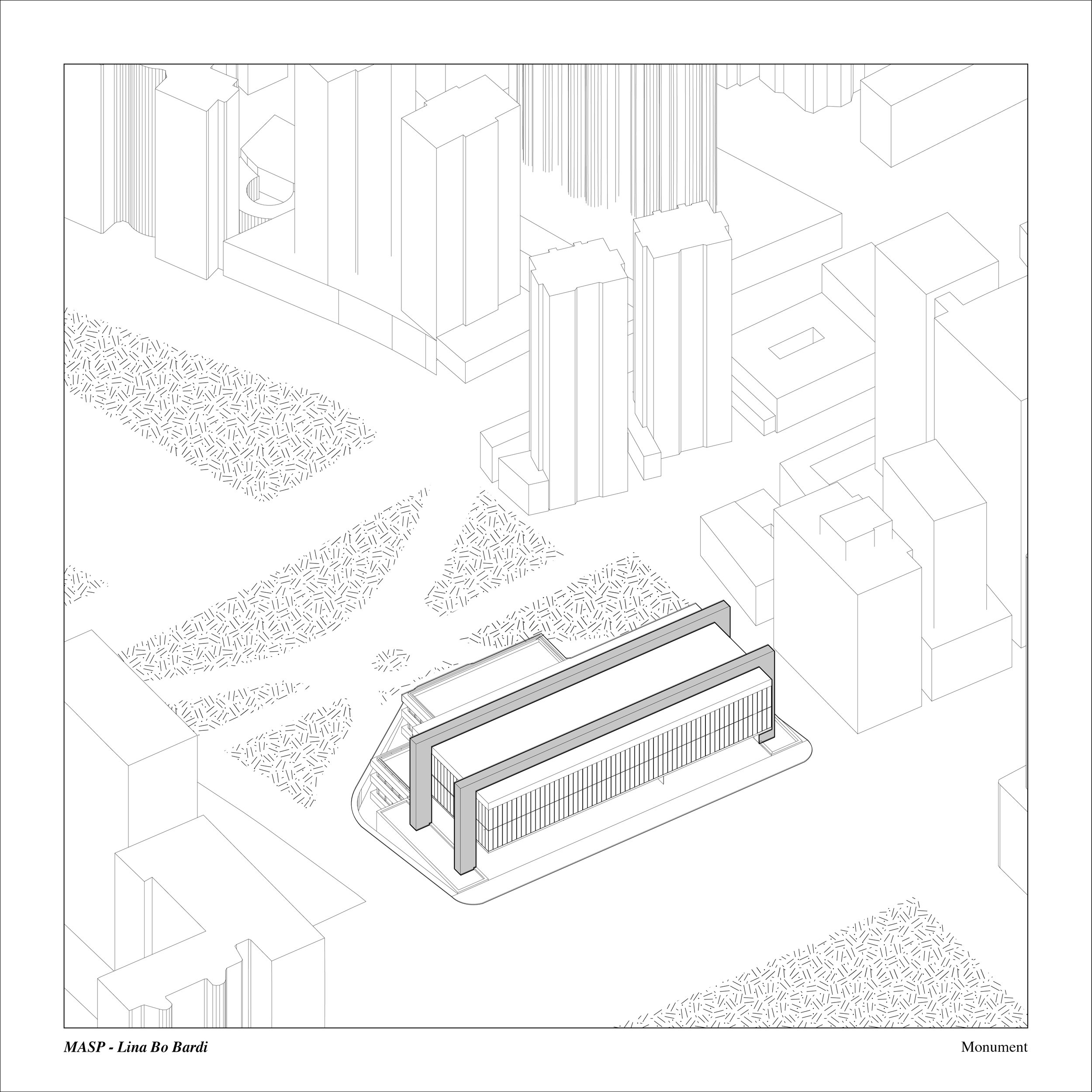


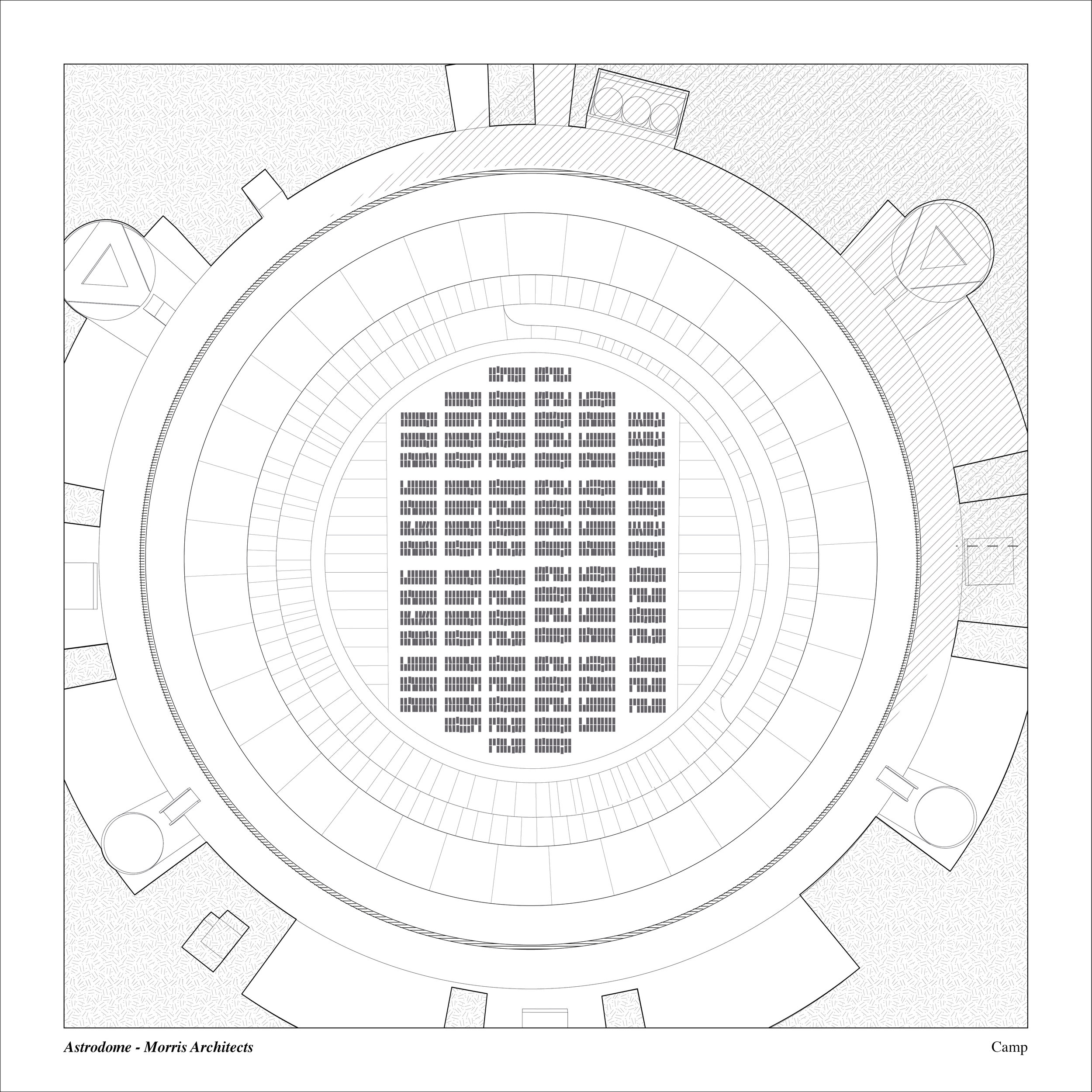
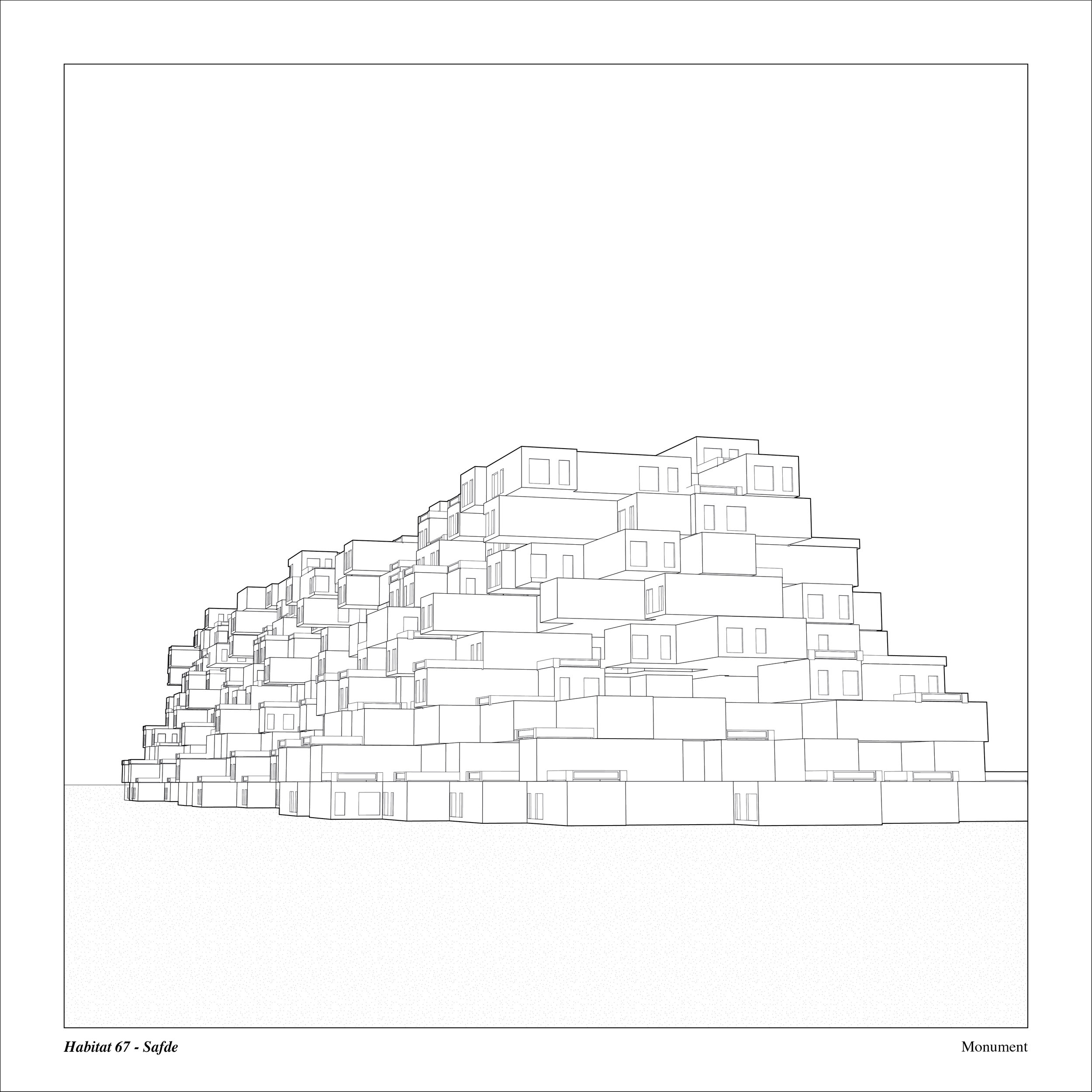

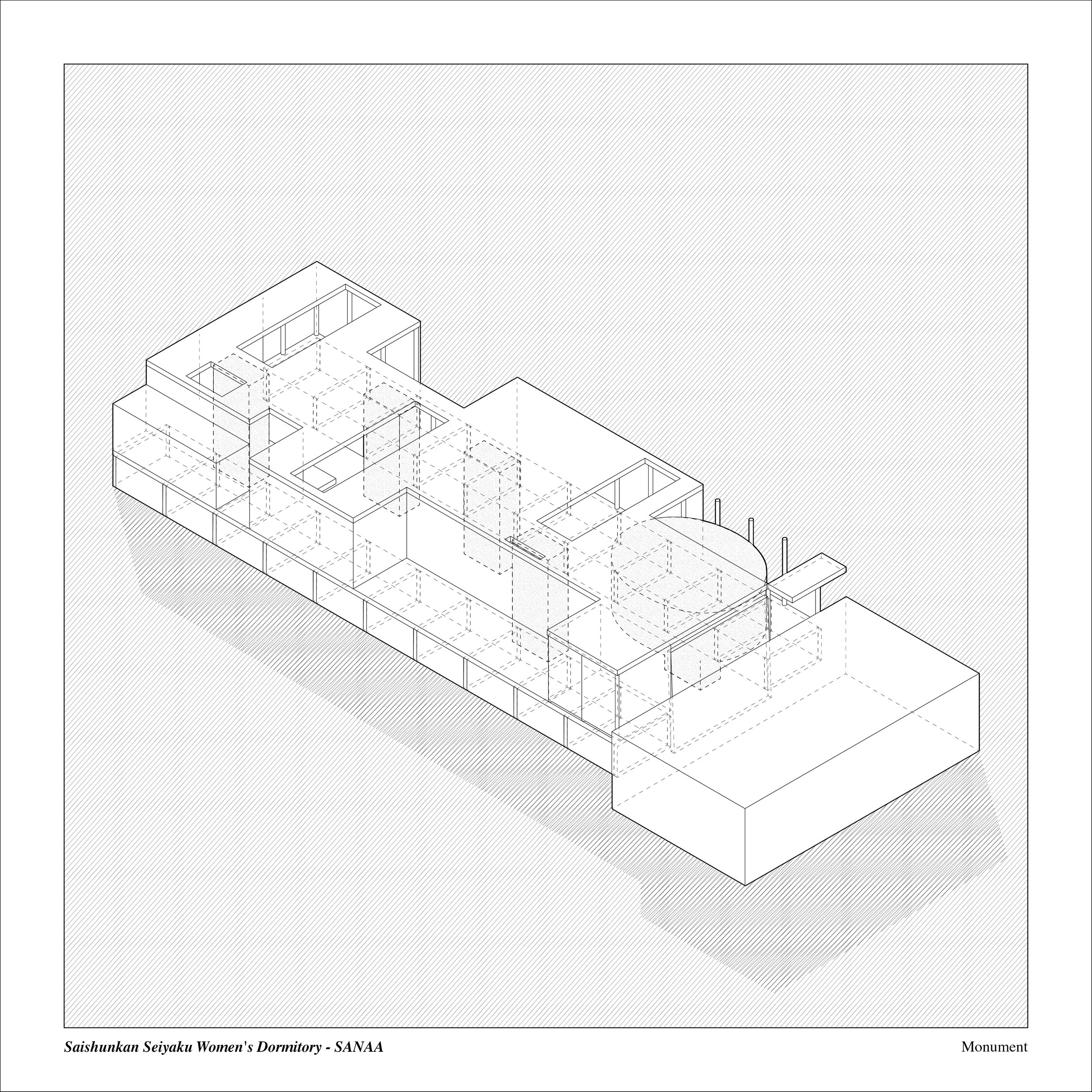

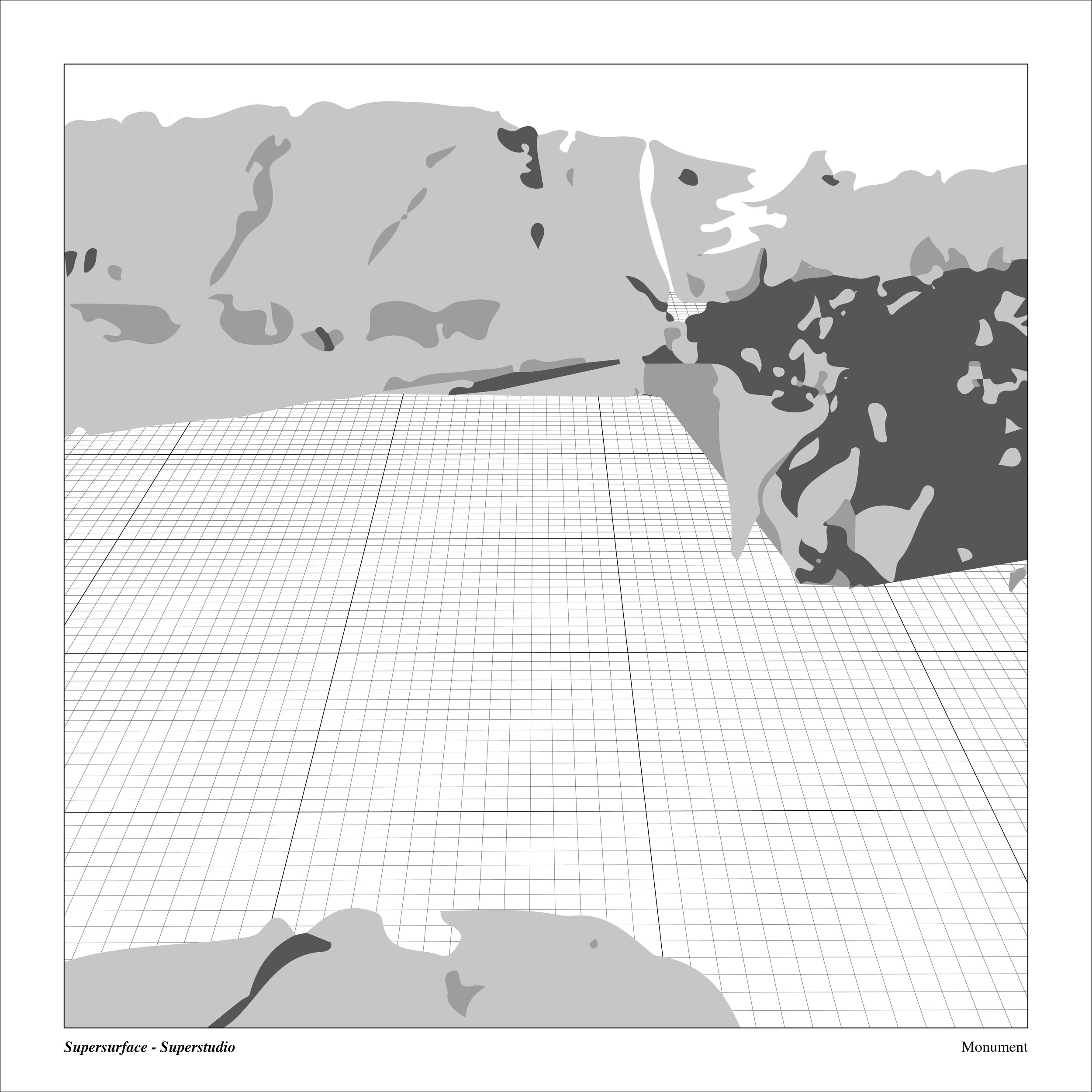
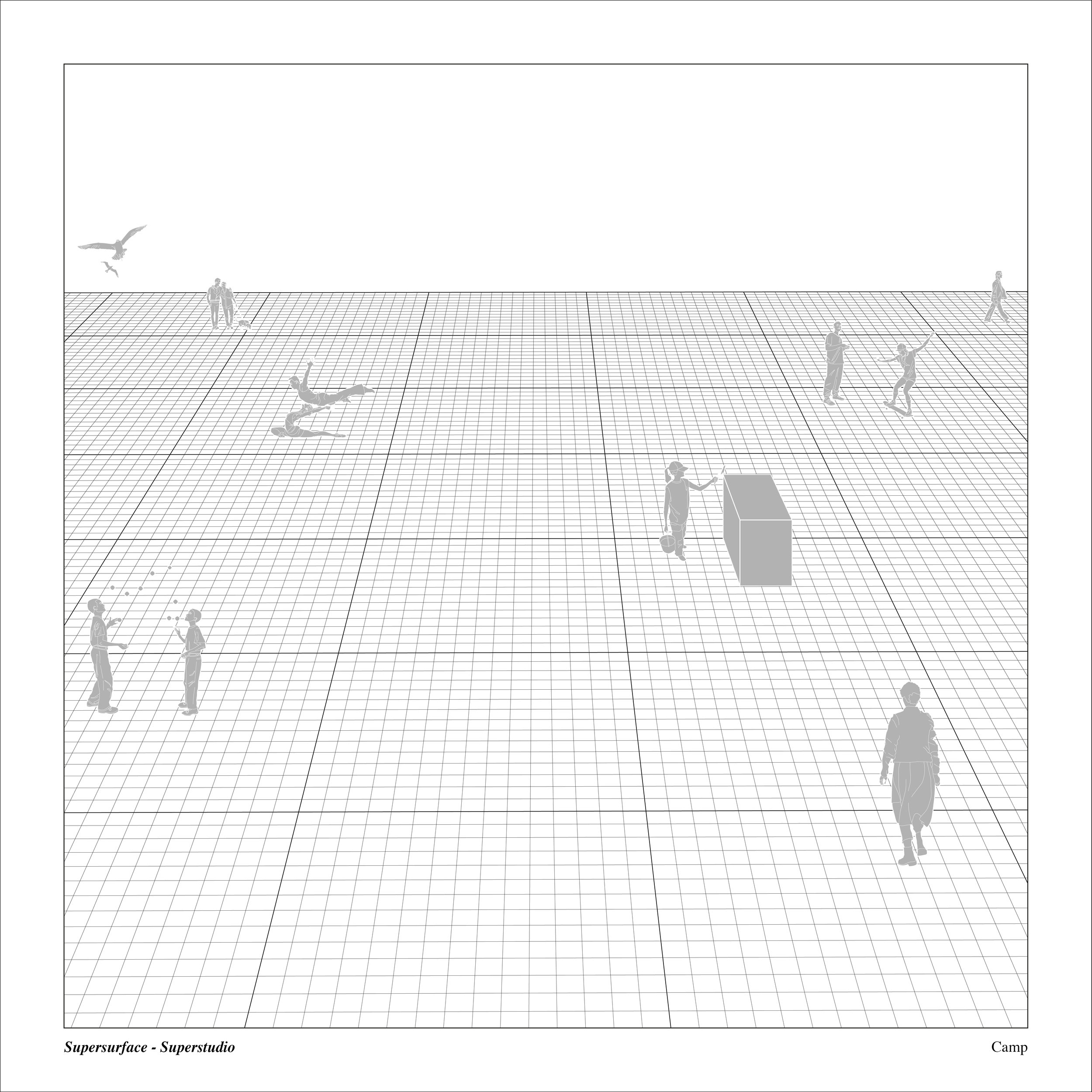
MONUMENTS AND CAMPS
2018
Supported by Faculty Research Grant, Syracuse University
Collaborators: Lindsay Harkema, Katharina Koerber
A Monument is typically thought of as an object charged with symbolism and meaning that is formally or spatially distinguished from its immediate context. By contrast, the Camp is a bounded territory with distinct internal organizational logics and operational behaviors. If the monument is symbolic of permanence and timelessness, the camp is ephemeral, emergent, and typically occurs in response to timely conditions (i.e. event, disaster, warfare, etc.). Yet a closer consideration of these typologies begins to blur these temporal distinctions. The historical value of a Monument does not maintain constant meaning or significance over time, and Camps persists as an indefinite state of alienation for its residents.
Characteristics of Monuments
- autonomous object
- permanent
- formal
- iconic
Characteristics of Camps
- bounded field
- temporary
- systematic
- generic
This series of drawings depicts several significant buildings first as a monument and then as camp, as an exercise in disambiguation of these concepts.